There’s a certain lyricism to a piece of Blackacre jewellery, whereby its understated form, whether a pared-back ring or some minimally embellished pearl-drop hoops, is offset by a gemstone that seems to glow from within. The considered, elegant designs stand in direct contrast to the flash and flamboyance often associated with certain parts of the industry – it’s the equivalent of a navy suit, or a pair of minimalist Derby shoes: precise, timeless and modest, the type of thing a discerning gent would recommend to a close friend.
“Our creation process is orientated around ‘stone-led design.’ This means that everything we do is centred around showing off the diamonds and gemstones in their best light,” says Sam Stirrat, creative director and founder of Blackacre.


Set among the legal chambers of Gray’s Inn, just off Chancery Lane, the brand is fast gaining a reputation for its ability to dovetail an education-led process with the art of bespoke-jewellery design. Leading the way in a movement towards responsible luxury, the pieces are of the highest quality and their custom-made engagement and bridal rings are held in an equally high regard.
Founded in the summer of 2017, it is the result of Stirrat’s lifelong passion for all things creative, whether it be photography, art, interior design, or, in this case, gemstones and precious stones – interests and sensibilities that were imbued into him from an early age. His mother, for instance, worked restoring paintings at an art gallery in London. Her ability to identify flaws and amend unique textures and colour schemes was something Stirrat says he inherited – “I have an incredible ability when it comes to identifying blemishes, things that are off centre or just don’t quite feel right. I feel like when I am looking at a piece of jewellery, I see and notice things that others don’t.” His maternal grandmother, too, is an artist that still paints to this day.
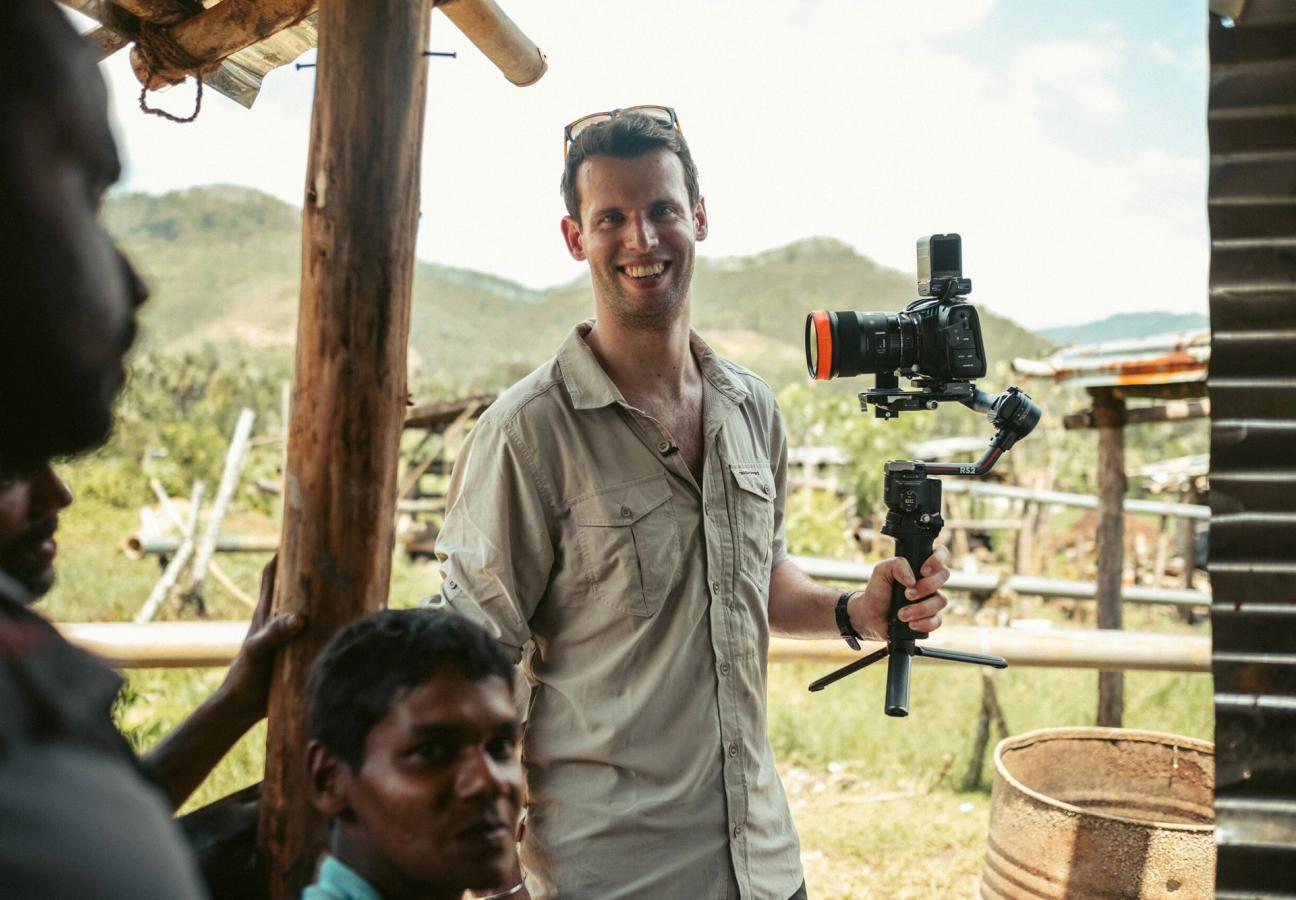
Then there were also the childhood trips to galleries, craft fairs and the National History Museum, in London, destinations that often provide wide-eyed children with the opportunity to see a kaleidoscopic array of curios and rarities. “They have the most remarkable gemstone collection there [at the Natural History Museum] and I am sure this set a fire alight inside of me.” Interested not just in their precious nature and inviting hues and tones, but also the scientific perspective of how they are formed, Stirrat’s collection of gemstones began at age nine, and only grew from there.
Following a suggestion from his mother that crafting jewellery would combine his love for art and gemstones, Stirrat made his first solo piece when he was 12: a copper-wire bracelet, twisted in intricate ways. “I remember the hours of concentration poured into the piece, the patience required and the constant sense of excitement at the prospect of seeing the final piece and its beauty,” he says on recollection.
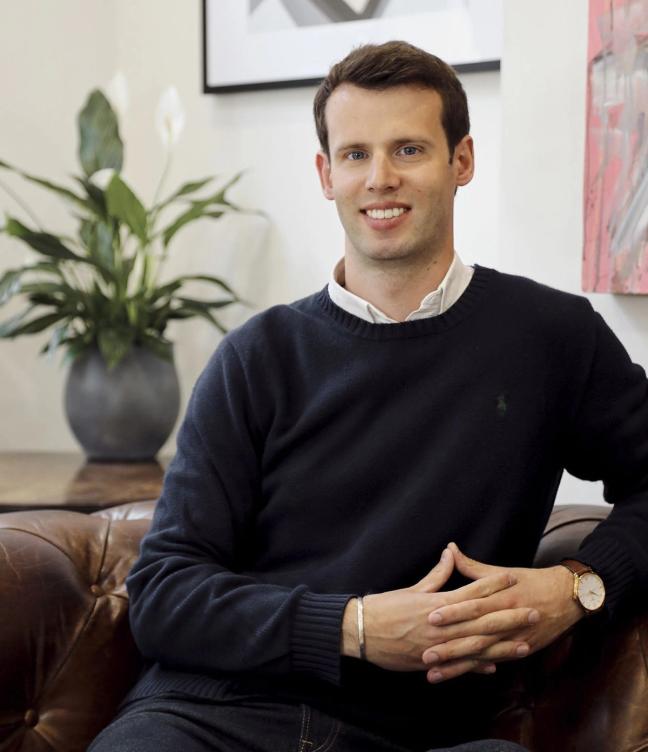
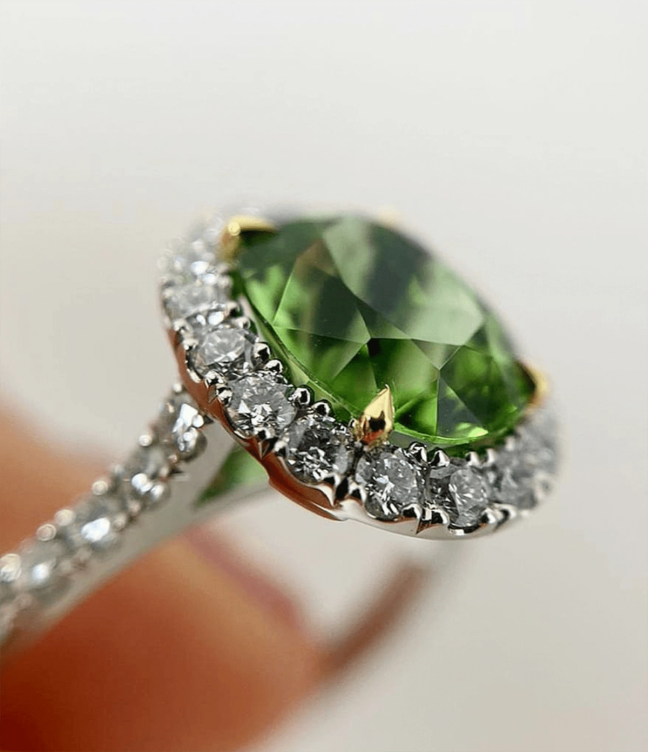
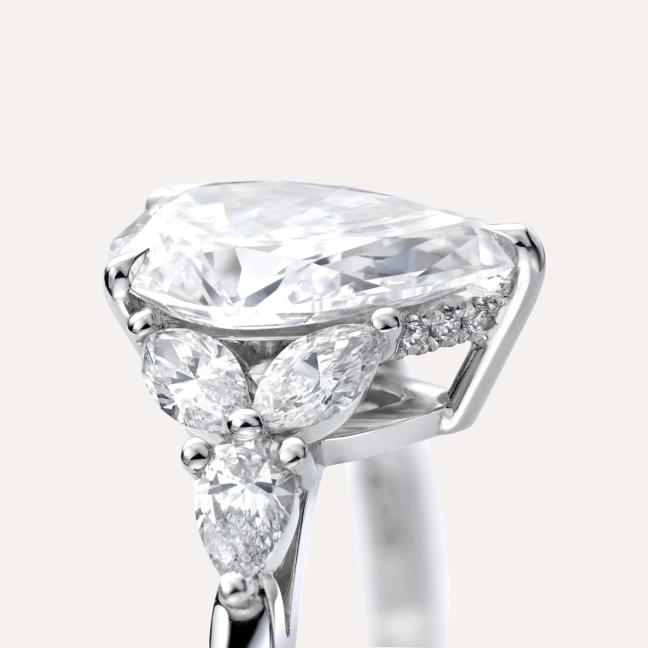
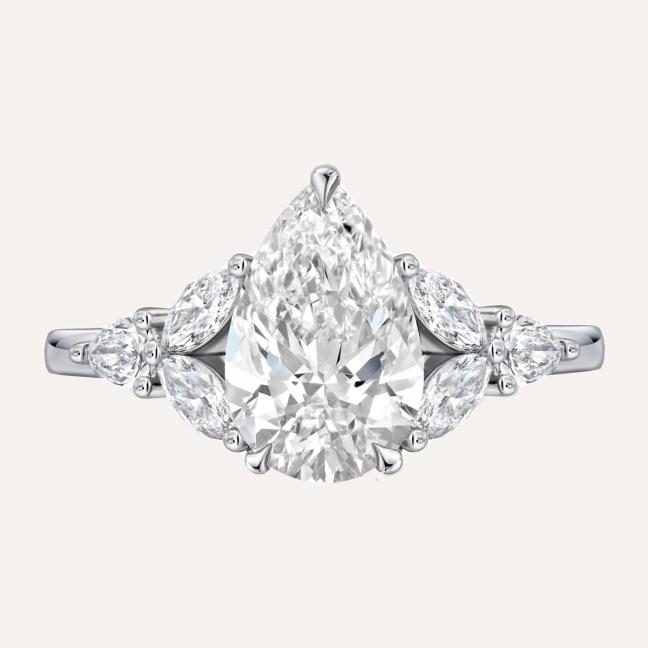

Even at this early age, Stirrat was hooked and would go on to convert his bedroom into a makeshift workshop, crafting semi-precious gemstone and silver jewellery. “[This was done] purely through a curiosity and passion for what I might be able to create,” says Stirrat of this passion project.
Although initially prioritising semi-precious materials, he would eventually progress to more precious, technically advanced pieces that required a wider skillset, often leading to steep and costly learning curves, such as the cracking of the occasional gemstone. “Nothing in this industry happens quickly, it takes many painstaking years of expensive mistakes,” he says. But although sometimes costly, the notion of being self-taught would eventually pay dividends – “[it] helps me to see and think about things that others might not. For example, all too often a designer will spend hours pouring over a design only to find that when they commission a goldsmith, it is not technically feasible.”
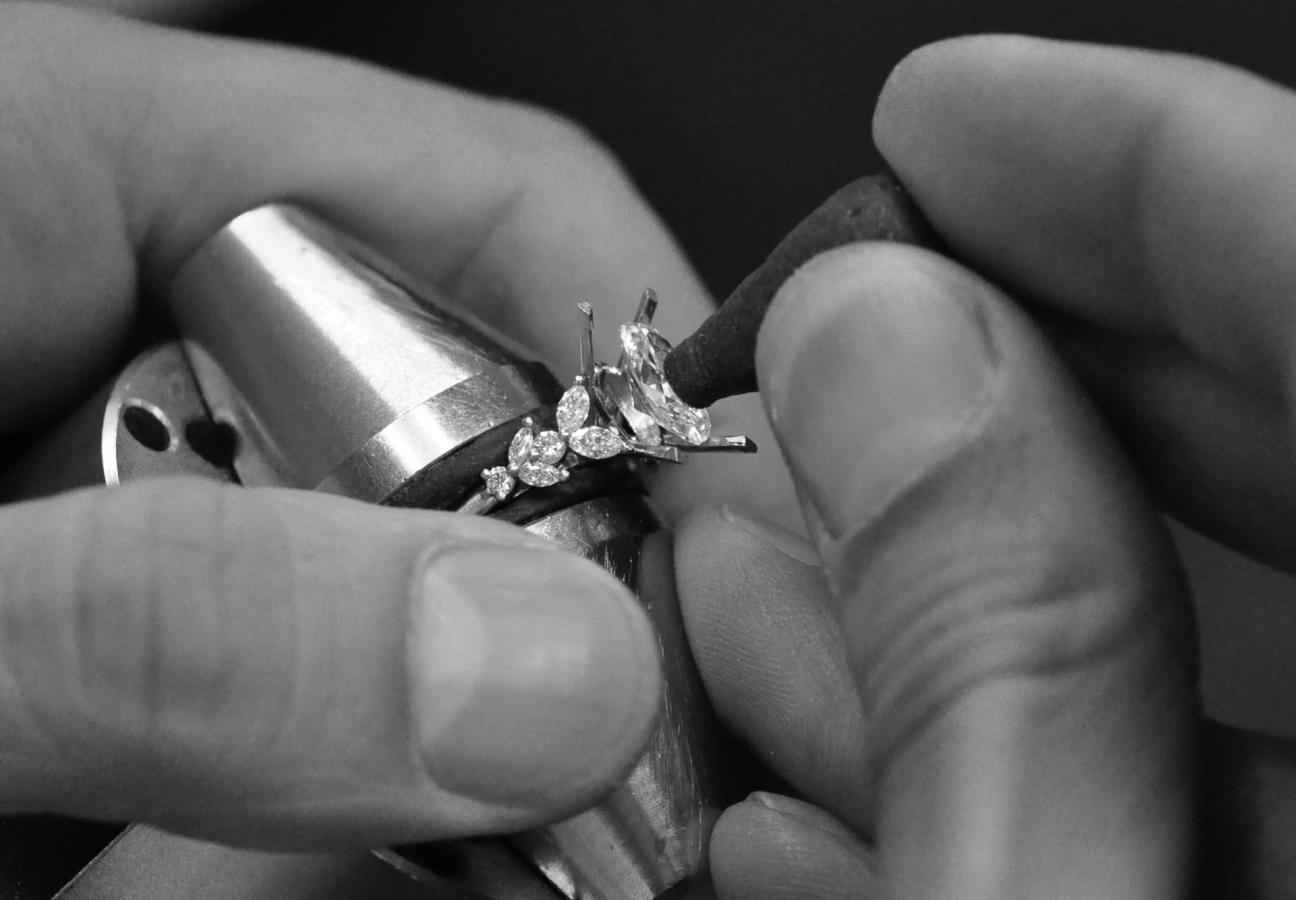
Following this, the rest, as Stirrat says, snowballed from there. Driven by a dual desire to make products of truly unique origin while also delivering top-quality, unrivalled service, he launched Blackacre – named after the location where the company’s first customer proposal occurred – little over five years ago. “I think the reason I love this is because it brings me such joy making people feel special. Designing a piece of jewellery for a specific person… it will mean so much to them, and I love being part of that process.”
Though its virtues are manifold, what is perhaps Blackacre’s most shining appeal is its end-of-earth-style approach to discovering hard-of-reach, exceptional gems. “I love the sense of exploration and not knowing what we are going to see and uncover,” says Stirrat, who often sources from Sri Lanka, a country that has gained a reputation for its exceptional gemstones from sapphires to spinels.
With the market somewhat shifting away from a demand for the biggest and flashiest, he says, customers are now after the offbeat and difficult-to-procure, a notion that seems to be mirrored in other creative industries, such as the restaurant business, where left-of-field produce is now widely favoured over caviar and champagne. “People want to be sat among friends and explain how their sapphire ring is not like any other. In addition to a personal and meaningful design, they can tell the story of the gemstone and jewellery, from knowing the village it was sourced in or the ability to explain the geological origins, to understanding what makes a piece of jewellery high quality and how it is crafted to deliver the optimal flow of light.”

Though the industry has historically put a well-buffed sheen on its murky sourcing, Blackacre, meanwhile, has taken on a sustainable, transparent ethos. Only ethical channels are used – Sri Lanka, most notably, has a lower impact and more progressive approach to its mining operations than most nations – and the company only uses recycled materials. B-Corp certification is also in the pipeline for 2023.
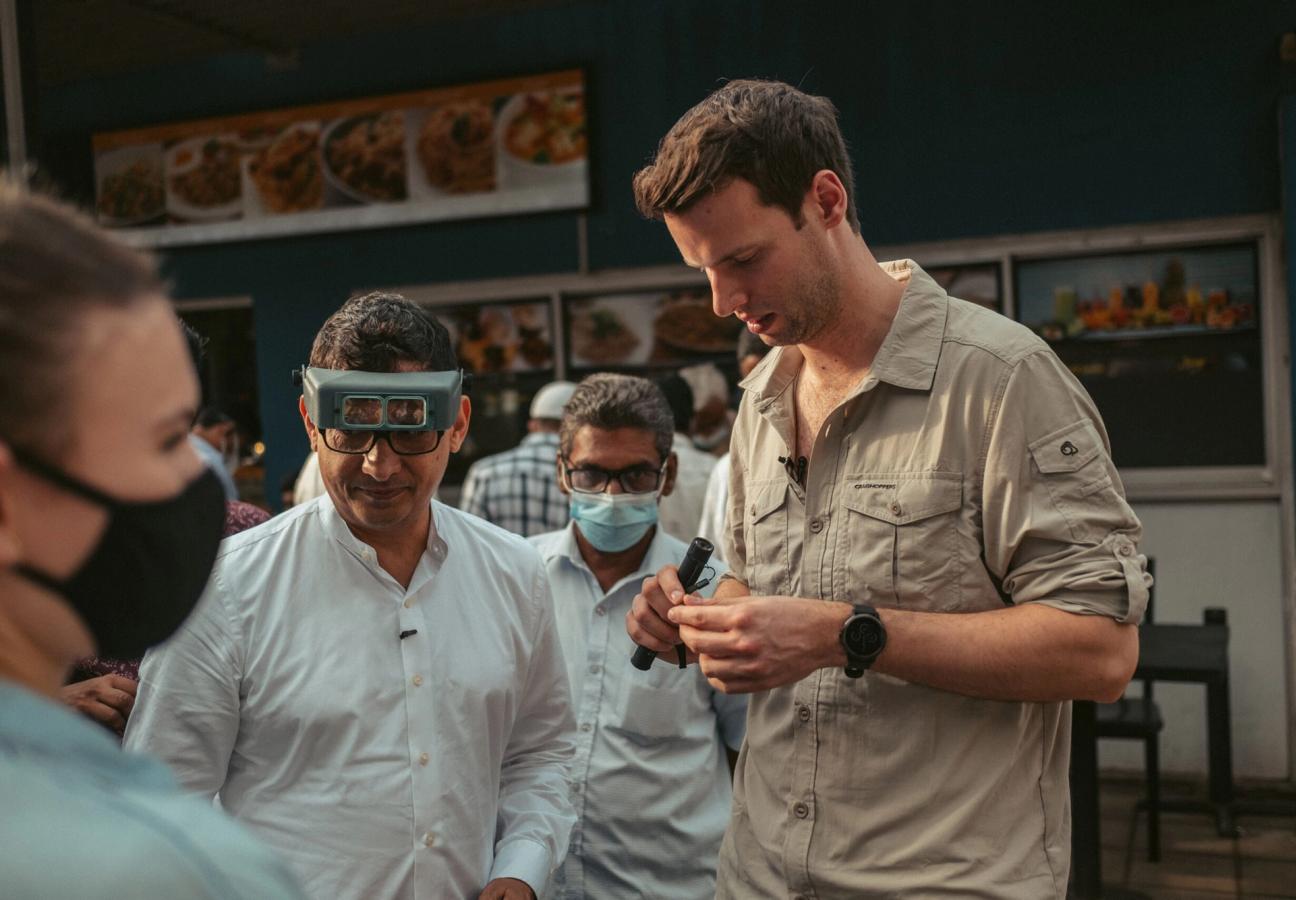
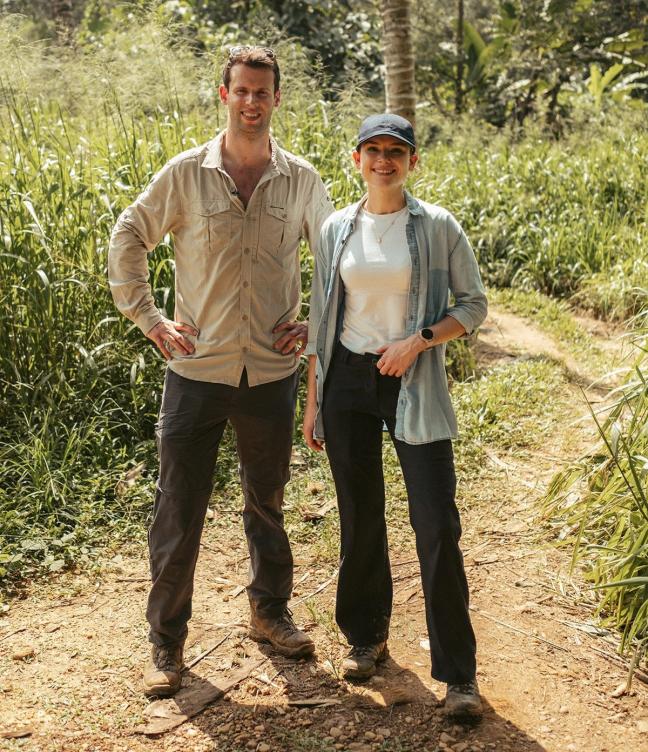
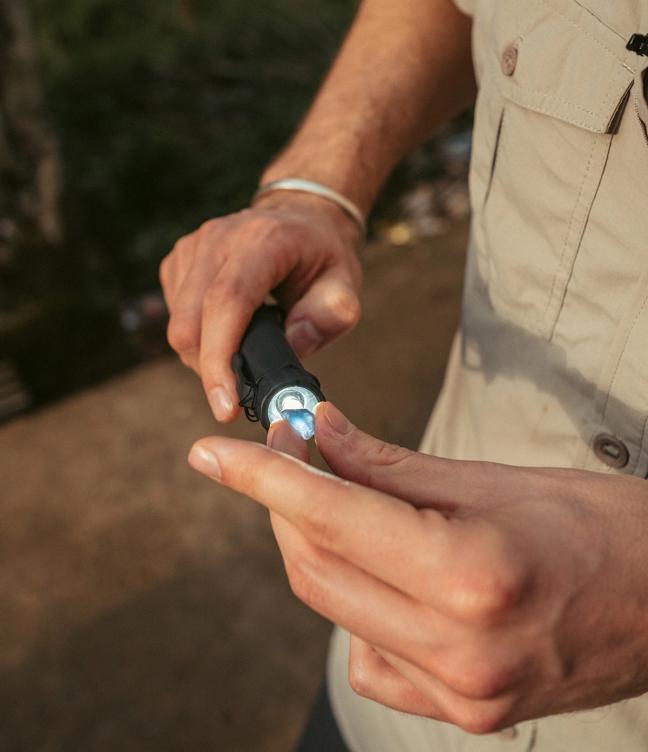
“I would love to go to source pearls in the South Pacific or Tahiti; I can envisage us doing longer-form documentary on the sourcing of pearls and even the diving to retrieve them,” continues Stirrat, regarding the company’s next adventures. “The next trip will likely be to Tanzania and Kenya, sourcing tsavorite [found in the Tsavo East National Park, in Kenya] and tanzanite [a gemstone found only in Tanzania].
This sense of adventure, however, doesn’t stop when the sourcing team touches back down at the arrivals terminal. Seeing a gap in the industry for experience-rich service, Blackacre is currently one of the flagbearers for a holistic, jargon-free approach to service, allowing clients to also be part of the jewellery-making journey, whether that involves providing deep insight into the technical elements of the process, colours and cuts; moodboarding; education on the source of the material; or an introduction to the tight-knit team of specialists and experts at the central London workshop.
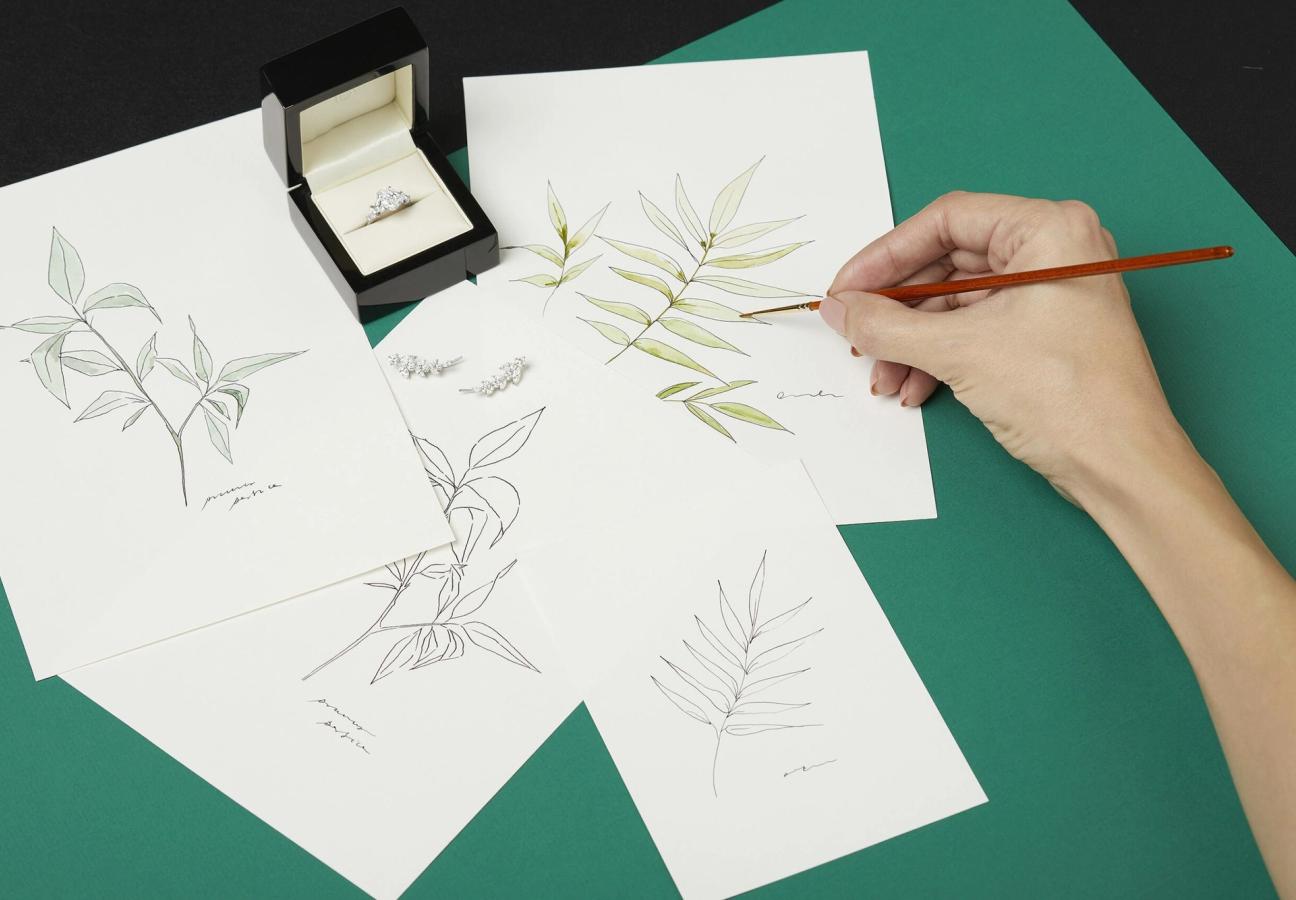
By eschewing a transactional ethos in favour of this personable spirit, Stirrat and his team are taking the intimidation element out of the jewellery-designing process, which is often known for being an unnerving affair. “I feel a personal service is one of the greatest means of differentiating a luxury experience,” he says. “I wanted to make our experience as far removed from traditional retail as possible. It is more like visiting a friend who is an expert and is willing to spend some time talking you through their passion.”
And when it comes to the creative aspect, not only does Stirrat get a thrill from being able to create something that is one of a kind, but he’s equally enthralled by the minutiae: “If we can change one tiny detail to improve a piece, we will do it. I love being able to explain to clients what makes a piece of jewellery high quality.”
Even after the gemstones are set, the metals are polished, the product is beautifully wrapped up, and hands have all been shaken, Blackacre’s ends-of-the-earth standards still continue. “I can recall cycling through the snow in London at Christmas, three years ago, in order to get a ring to someone in time for them to propose,” says Stirrat on the lengths taken to ensure an experience that even many five-star hotels would fail to deliver. “Things have moved on a bit since then, however the ethos is still the same.”
Moreover, though in the eye of an industry renowned for its bold, boisterous nature and aesthetic statements, Stirrat, whose company moniker isn’t named after him, an oddity in his line of work, once again does things slightly different. “While I love socialising and being part of a group, I will never be the loudest voice in the room,” he says of his and the company’s discrete, subtle ways of handling business. “I much prefer to build personal, intimate relationships with friends and clients alike.”
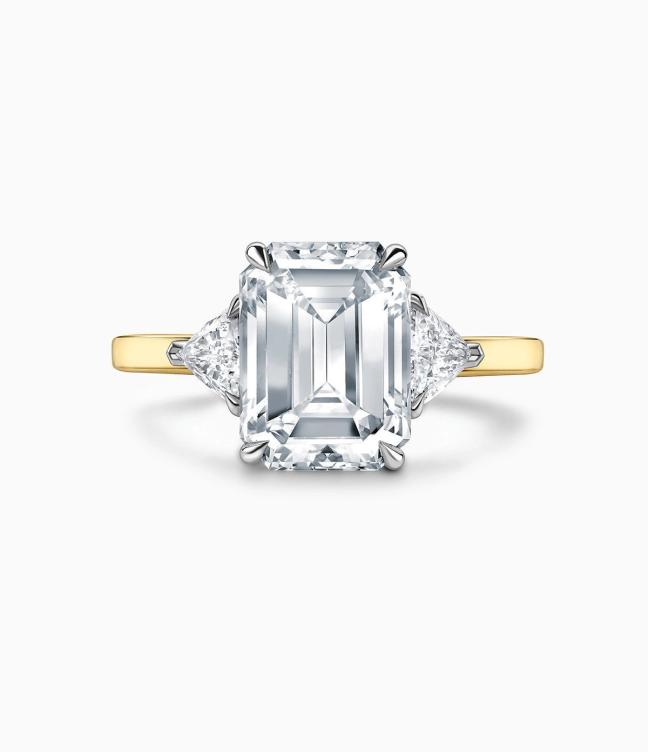
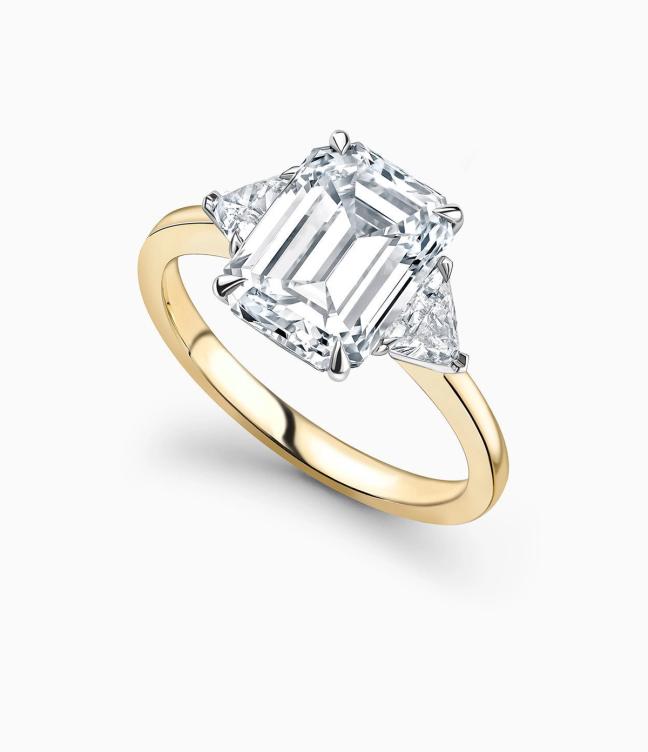
Though rooted in these traditional values of modesty and humility, one of Stirrat’s mantras is that a great brand remains confident in who it is and what it stands for, all the while being able to adapt and open to evolution. But what does evolution look like for this particular brand?
“While we will stay close-knit and personal, our ambitions are certainly to open boutiques across the world, in locations such as New York and Paris,” he admits.
To be considered as one of the best responsible luxury jewellery brands in the world is the ultimate goal. “As ambitious as it may seem, this helps us to work tirelessly in the pursuit of perfection.”
“We will never churn out pieces”, says Stirrat. “This is about creating deeply personal and high-quality creations that last through generations.”
Want more jewellery? Follow Blackacre on its Sri Lanka expedition…
Become a Gentleman’s Journal member. Find out more here.

Become a Gentleman’s Journal Member?
Like the Gentleman’s Journal? Why not join the Clubhouse, a special kind of private club where members receive offers and experiences from hand-picked, premium brands. You will also receive invites to exclusive events, the quarterly print magazine delivered directly to your door and your own membership card.



